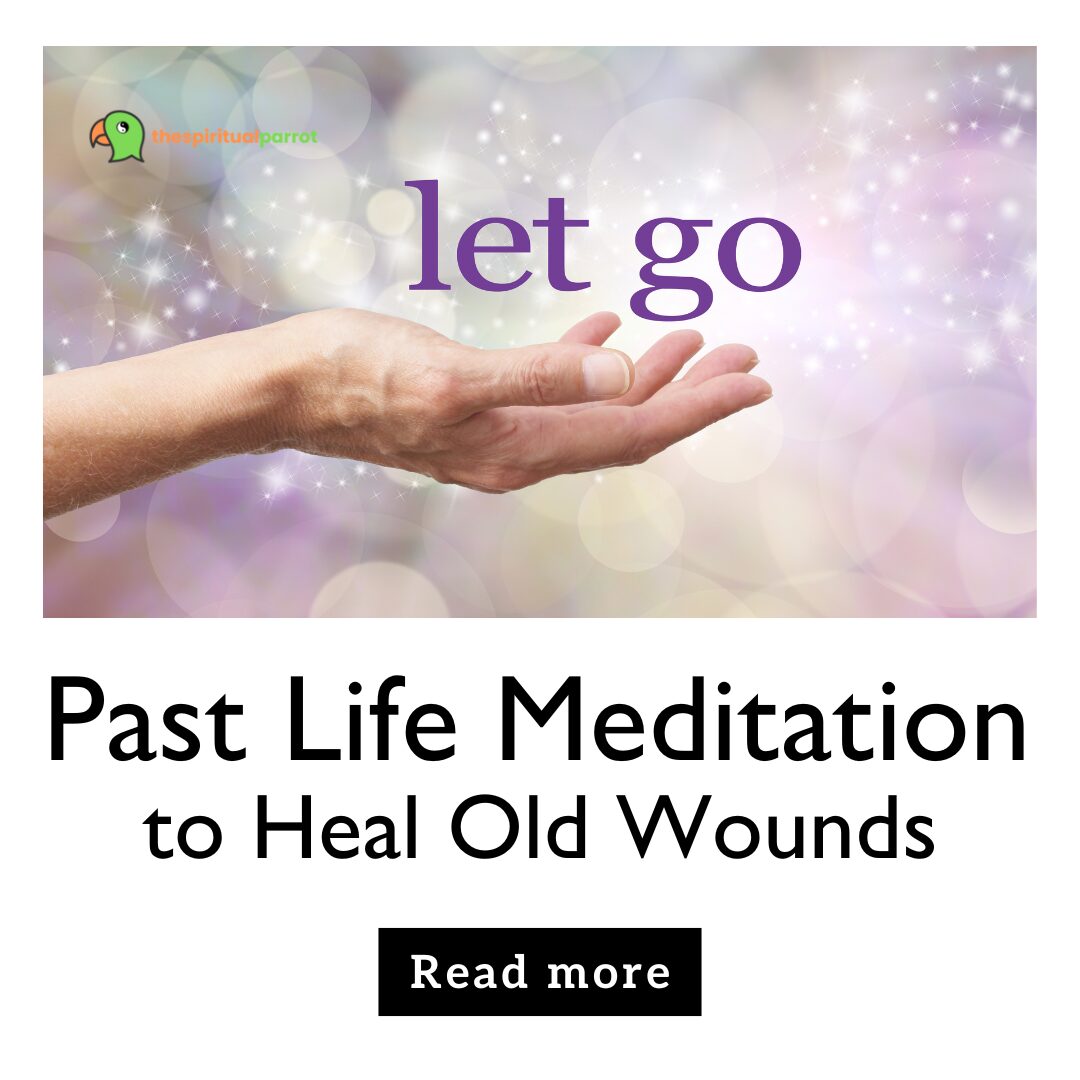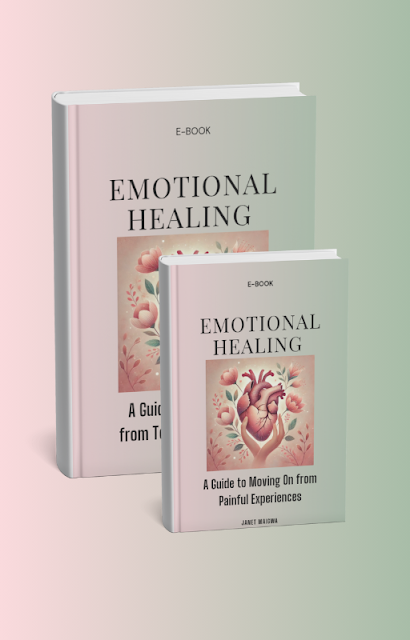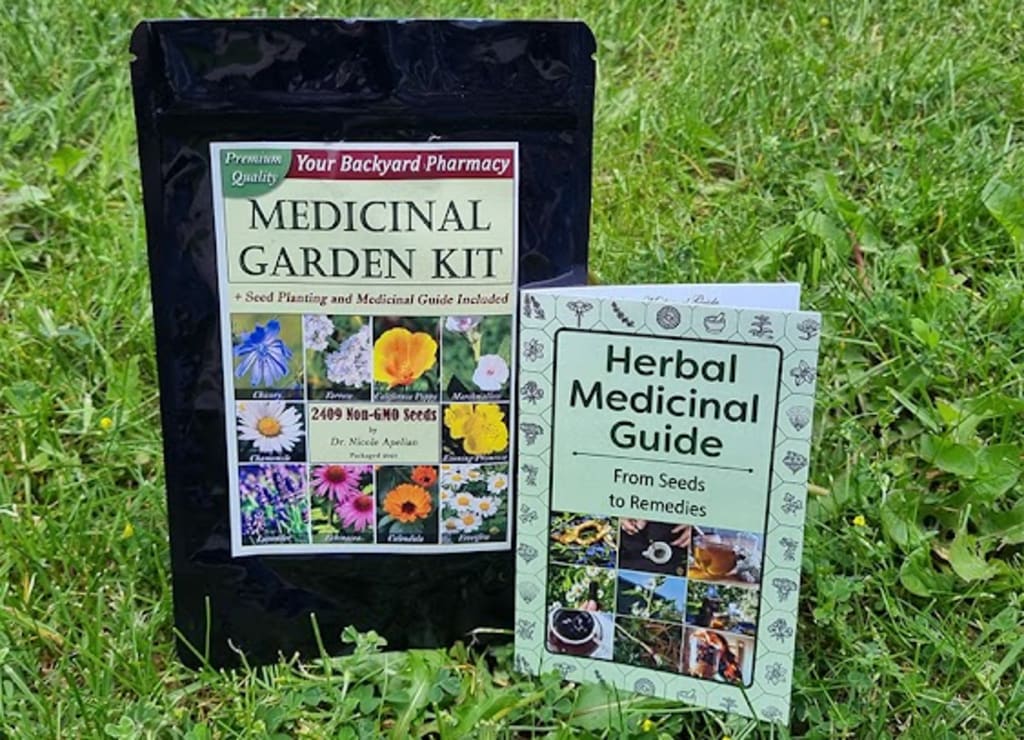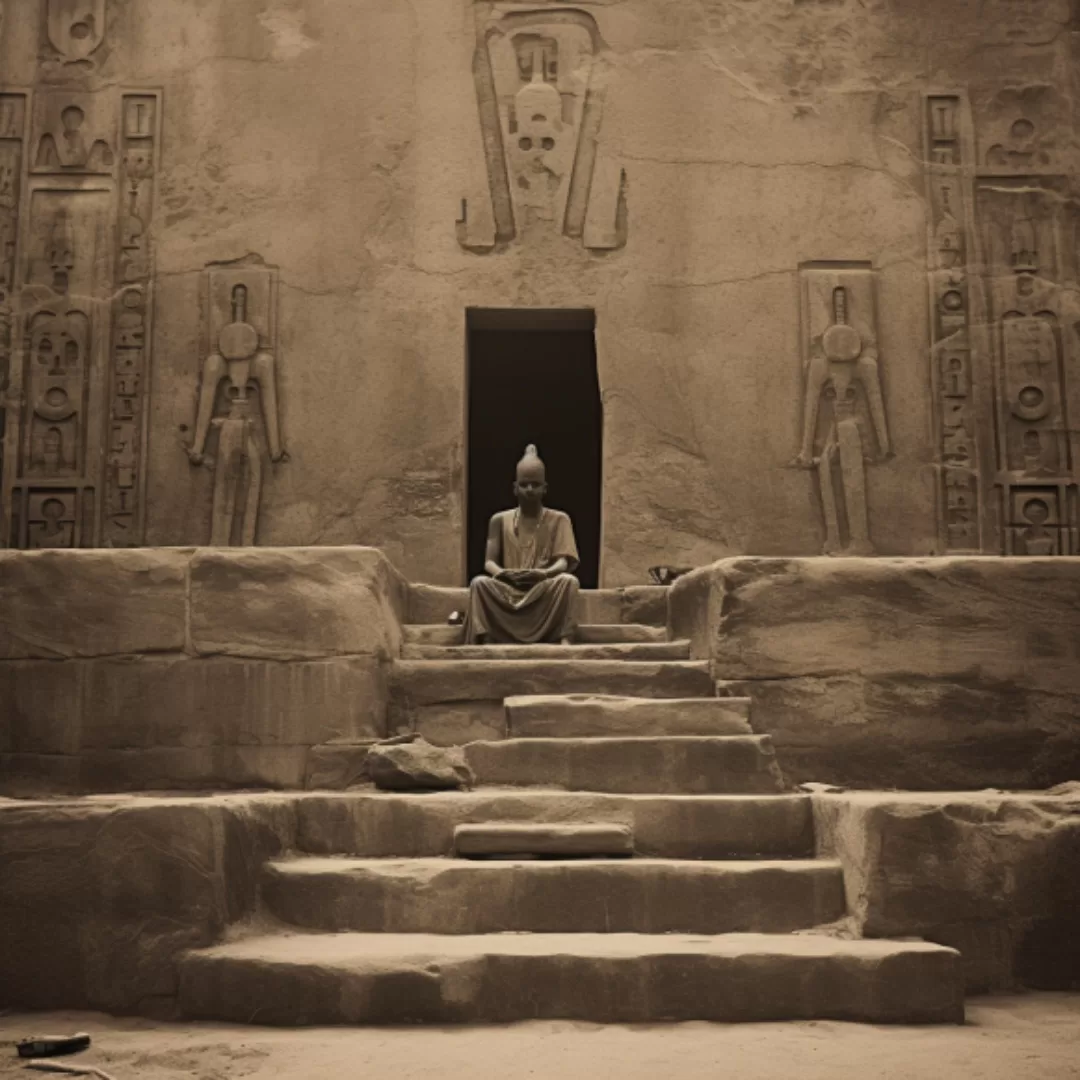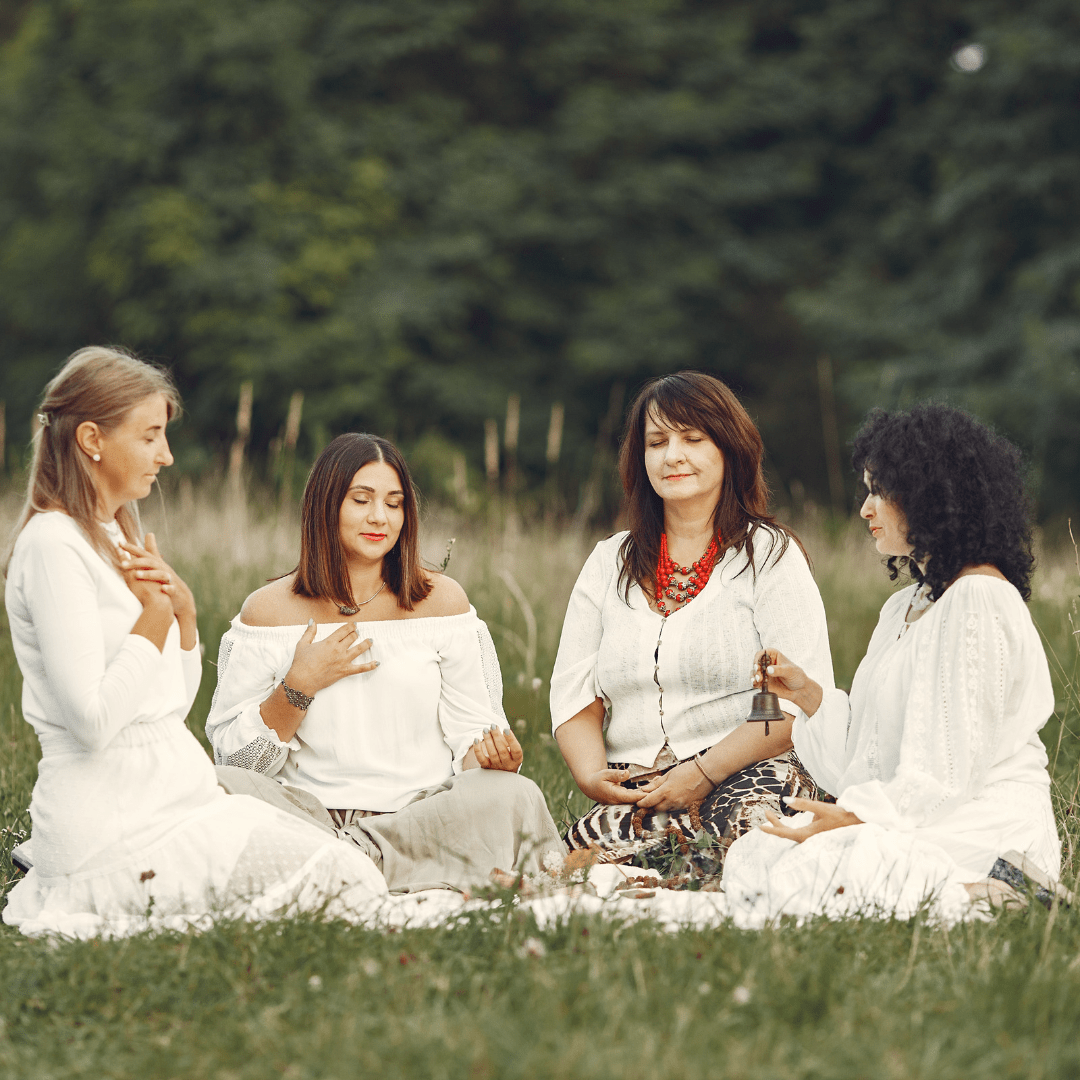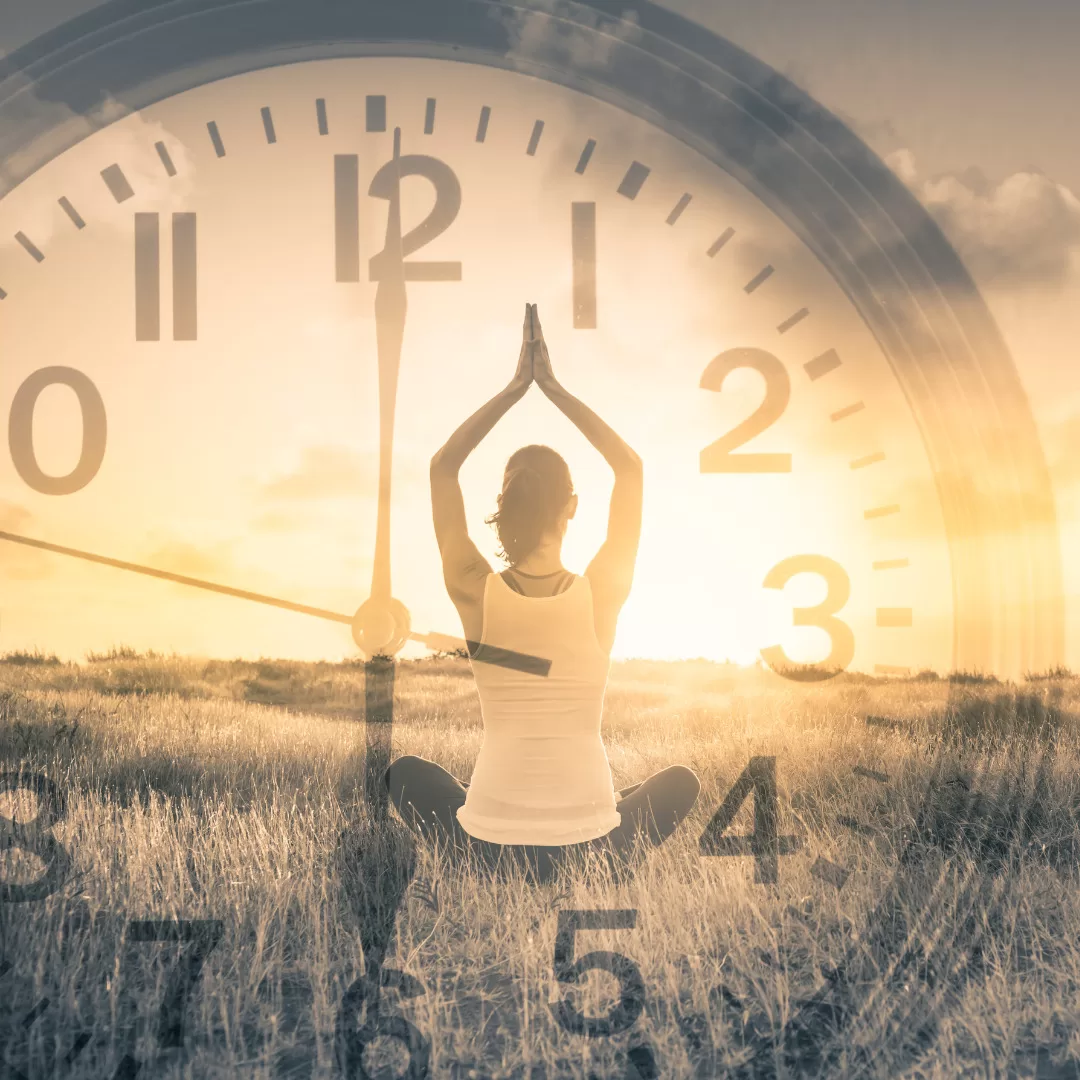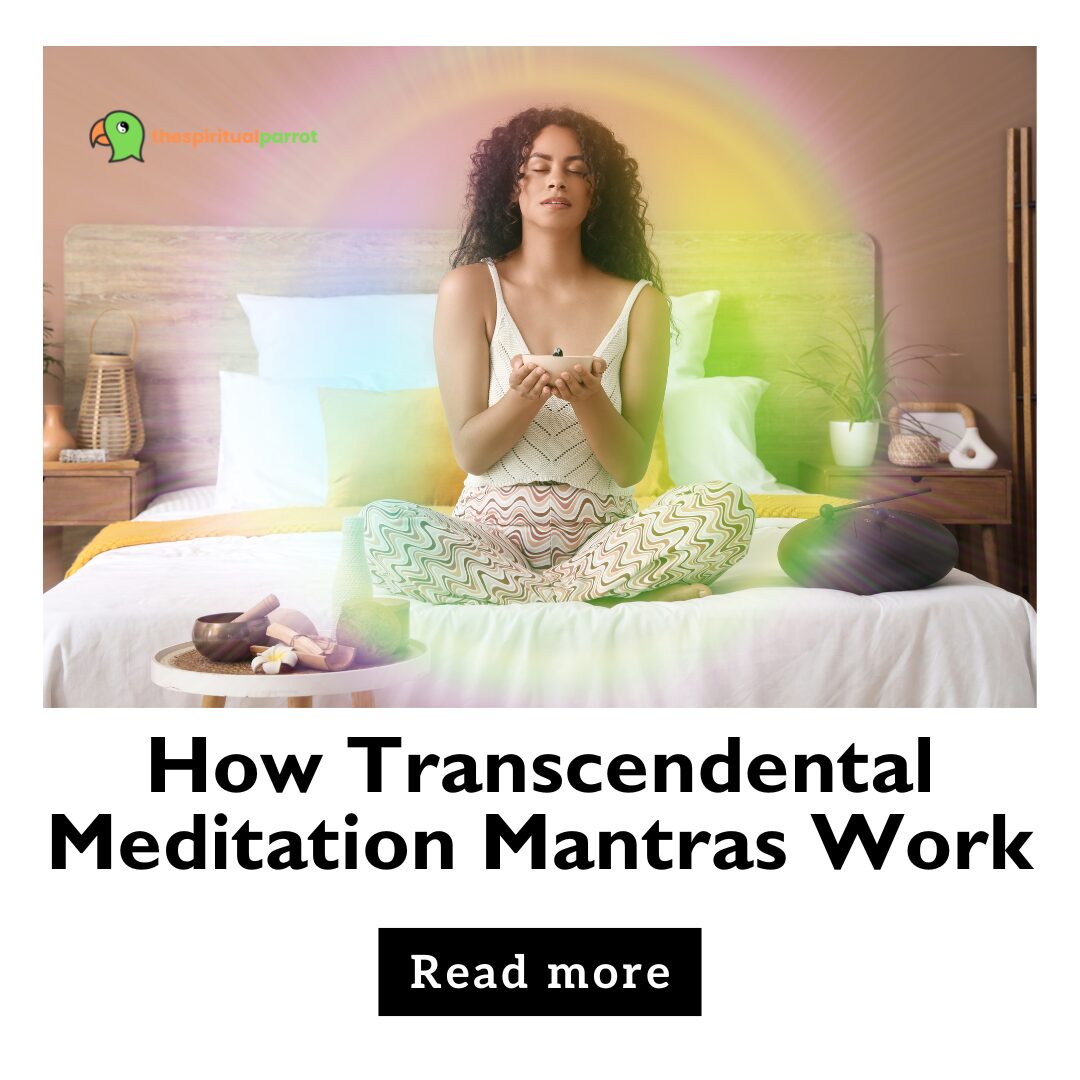Past life meditation is not a fantasy or a trick of the mind, but a gentle invitation to explore what your soul may still be carrying. Some wounds don’t have a clear beginning. You can’t trace them back to a breakup, a childhood memory, or a specific trauma. And yet—they ache. They show up in patterns, fears, or feelings that seem larger than the life you’ve lived. It doesn’t promise a dramatic revelation. It offers something quieter: insight, understanding, and the possibility of release.
For many, this practice brings up visions or feelings that don’t logically fit into their current life story—but emotionally, they click. It’s less about proving reincarnation and more about healing what no longer serves you, wherever it began. In this guide, we’ll walk through what past life meditation is, why it matters, and how you can try it safely—whether you’re curious, skeptical, or quietly seeking answers your current timeline can’t explain.
What Is Past Life Meditation?
Past life meditation is a guided inner process that helps you move up beyond the muddle of thoughts to an airplane where thoughts become less threatening and you can actually explore memories or impressions that could possibly belong in a life you have lived before this one. It’s not an investigation to prove who you were — it’s gently uncovering emotional and energetic patterns that feel older than this lifetime you are currently living.
Unlike past life regression, which usually involves hypnosis and a therapist to lead you into deeply trance states, past life meditation is something you can do on your own. It’s slower, gentler, more intuitive. You’re not getting sucked into anything — you’re getting asked.
This tradition is based on the concept that your soul recalls more than your brain does. You may not get names, dates or dramatic scenes. But what does tend to come through are symbols, and strong feelings, like somehow knowing suddenly that something matters, even if you can’t explain why.
There are many reasons why people are attracted to past life meditation. Some are seeking to “fix” reoccurring problems that don’t even seem logical. Others are drawn to a specific culture, time, or soul theme and do not understand why. And some are just curious: Who was I before this? What am I still carrying?
The great thing about this practice is that it’s not a right or wrong way to feel it. You don’t have to “see” anything for it to be effectual. Sometimes just holding the question can be healing.
How Unresolved Energy from Past Lives Affects You Now
Not every wound begins in childhood. Sometimes the heaviness you feel has no starting point. It just… exists. You carry it like background noise—a fear that makes no sense, a guilt that feels inherited, or a sadness that never had a story.
This is where the idea of past life energy starts to resonate. It suggests that certain emotions, reactions, or patterns you deal with in this life might be echoes from another.
Emotional Echoes That Don’t Add Up
You may have a deep fear of water, but you’ve never had a near-drowning experience. Or maybe you pull away from love the moment it gets too close, and you don’t really know why. These emotional flashpoints can feel like loose ends, carried forward without context.
Past life meditation doesn’t always explain them in words—it helps you feel their roots. Sometimes, just sitting in that stillness allows a memory, a face, or even a symbolic image to rise. And that’s where the shift begins.
Subtle Behaviors and Attachments
You might be drawn to a certain historical period or country with no logical reason. Or maybe you meet someone for the first time and feel a magnetic sense of familiarity—either warmth or discomfort. These attachments, whether soulful or strained, might be part of a much older story.
It’s not about proving reincarnation—it’s about noticing what doesn’t feel new.
Whether you believe in past lives literally or see them as symbolic representations of deeply buried inner wounds, the point is the same: sometimes, healing requires looking in places your timeline can’t reach.
Benefits of Exploring Past Life Meditation
You don’t need to believe in it in order to benefit from the emotional release that past life meditation is capable of. Its worth is not in “proving” a past — but in understanding how that past, whether actual or symbolic, is still alive within you.
Self-Understanding on a Soul Level
There is a certain peace that comes from the realization that your pain has context — that even if it’s not the context of this life, then it’s the context of another. When you practice past life meditation, you can lovingly address those seemingly unexplained emotional blocks, and reach them from a place of curiosity instead of shame.
You might be beginning to see patterns of behavior that you’ve been lugging around for years. Seeing these doesn’t make you broken — it often means you’re remembering something important.
Emotional and Energetic Release
When a memory or emotional echo rises during meditation, something changes. Just watching can loosen its grip, even if you don’t get it all.
Others burst into tears without understanding why. Some report feeling lighter after the fact, as though something were lifted. These are indications that healing is taking place — not analytically, but in the very presence of it.
Greater Peace and Spiritual Grounding
A quiet clarity often results from past life meditation. Not in big answers, but in noticing: This fear isn’t mine. This pain has a history. I no longer have to keep it close.
It makes you feel more grounded in your own story — the one you’re living and ones that may have come earlier. That kind of grounding doesn’t just soothe the spirit. It changes how you move through the world.
How to Prepare for a Past Life Meditation
You don’t need anything fancy to begin—just a willingness to be still and a space that supports quiet. But a little bit of preparation can help create the kind of container that lets the experience unfold safely and meaningfully.
Create a Calm, Safe Space
Find a spot where you won’t be interrupted. It doesn’t have to be silent, but it should feel like yours for a while. Dim the lights. Sit or lie down somewhere comfortable. You can light a candle, keep a crystal nearby (Amethyst and Labradorite are good companions), or just have a glass of water next to you.
The point is to create a setting that signals to your body and mind: we’re going inward now.
Set a Gentle Intention
Before you start, get clear—gently—on why you’re doing this. You don’t need to force it. Try something like:
- “I’m open to remembering what’s ready to be healed.”
- “I welcome any soul memory that wants to speak.”
- “Show me what no longer needs to be carried.”
Setting the tone helps keep your meditation focused, without forcing any outcome.
Grounding Techniques Before and After
Begin with deep, steady breaths. A body scan or just placing your hand on your heart can help center you. If you use a crystal, hold it. If not, just focus on your breath.
When you finish your meditation, take a few minutes before jumping back into the day. Journal what you experienced—even if it was “nothing.” Sometimes the integration comes later, through dreams or flashes of insight. That space after the meditation is part of the process too.
Guided Past Life Meditation Script (Short Sample)
This is a simple, beginner-friendly script you can either read slowly to yourself or record in your voice and play back when you’re ready. The tone should be gentle—this isn’t about control or “going deep.” It’s about soft presence and permission.
Begin by settling into a comfortable position.
Let your hands rest loosely. Take a few slow, deep breaths. With every exhale, feel your body soften—face, shoulders, belly, fingers.
Now, bring your awareness to the center of your chest.
Feel the rise and fall of your breath here, like a small rhythm reminding you that you’re safe. That you’re here. That you’re open.
In your mind’s eye, imagine a quiet hallway.
The walls feel familiar, comforting. At the end of the hallway is a door. There’s nothing threatening here. Only invitation.
When you’re ready, see yourself walking toward the door.
Reach for the handle. Open it. What’s behind it is what your soul is ready to share.
You might see a scene. You might feel a strong emotion. You might see colors or light. Or nothing at all. Whatever comes, or doesn’t come, is okay.
Let the moment unfold. Stay present.
Trust what you feel, even if it’s subtle or symbolic. Stay here for as long as it feels safe and clear.
When you feel complete, gently return.
See the door close softly. Walk back down the hallway. Come back to the rhythm of your breath. Wiggle your fingers. Feel the ground or the seat beneath you.
Take a moment. Maybe place your hand over your heart. And when you’re ready, open your eyes.
What to Expect: Common Experiences
Past life meditation doesn’t always look the way people imagine. You might expect a vivid movie scene, but what you receive could be more like a feeling, a symbol, or even just a strong sense of knowing. The key is to stay open, not to chase an outcome.
You Might See Something
Some people do see visual flashes—faces, places, or short scenes that feel like fragments of a dream. These can come in bits and pieces, and they often make sense emotionally even if they don’t make sense logically.

You might see yourself in a different body. You might notice old clothing, a different landscape, or interactions with people you’ve never met in this life but somehow feel connected to.
You Might Feel Something
Other times, it’s not a scene—it’s a wave. A strong emotion, a tightness in your body, a sudden softness. You may feel sadness, peace, grief, or recognition. These are just as valid, and sometimes even more healing than a “clear vision.”
Don’t rush to explain it. Let it rise. Let it pass. Let it inform.
You Might Feel Nothing—and That’s Okay Too
Some people go through the whole meditation and feel… quiet. Still. Blank. That doesn’t mean it didn’t work. Not all memories rise on command. Sometimes your soul just wants rest. Sometimes the healing is subtle and unfolds later—in a dream, a coincidence, or a release you didn’t see coming.
This isn’t a test of belief. It’s a chance to listen. Whatever happens—or doesn’t—is part of your unique process.
Is Past Life Meditation Safe? What You Should Know
The idea of exploring another life—even in meditation—can feel mysterious, maybe even a little intimidating. But the practice itself is generally gentle, personal, and rooted in your own inner boundaries.
Still, like any form of emotional or spiritual work, it’s worth understanding what safety means in this context.
You’re In Control the Entire Time
Past life meditation isn’t hypnosis. You’re not handing your mind over to someone else. You’re staying present with your breath, your body, your awareness. You can open your eyes and end the experience at any point.
There’s no “deep dive” unless you want one. What comes through does so because you’re ready to meet it—not because something is pushing you there.
Nothing “Bad” Can Latch On
One of the most common fears is: What if I open something I can’t close? But remember—this is your meditation space. You set the tone. Your intention is your boundary.
If you open with care, ground yourself, and stay centered, the energy that shows up will reflect that. You’re not opening a portal—you’re opening your awareness.
Some Emotions Might Surface
Yes, strong feelings can rise—grief, fear, longing. That’s not unsafe, but it can be surprising. Give yourself extra care afterward. Journal. Rest. Take a walk. Light a candle. Just because something intense comes up doesn’t mean it was wrong to see it—it may just be ready to be released.
When to Consider a Professional
If you’ve experienced trauma in this life and are afraid that a past life memory might trigger you, it’s okay to wait. Or better yet, work with a trained past life regression therapist. A guided space can offer more support if you’re moving through deeper emotional layers.
What Healing from the Past Can Teach the Present
Past life meditation isn’t about chasing dramatic memories. It’s about learning to hold space for the quiet echoes inside you—the ones that have always been there, just beneath the surface.
Sometimes, what you remember isn’t what you expected. And sometimes, the deepest healing comes not from knowing every detail, but from simply allowing yourself to ask: What if this pain isn’t new? What if I don’t have to carry it anymore?
The past, whether literal or symbolic, holds lessons. It shows us where we’ve been, yes—but more importantly, it helps us understand why certain things feel so heavy now. And once we see that clearly, we can start to set it down.
Healing isn’t always loud. Sometimes it looks like stillness. A soft breath. A subtle release. A quiet realization that something you couldn’t name finally has a voice.
And with that, the present opens just a little more gently. A little more spaciously. Ready for you to live it more freely.
